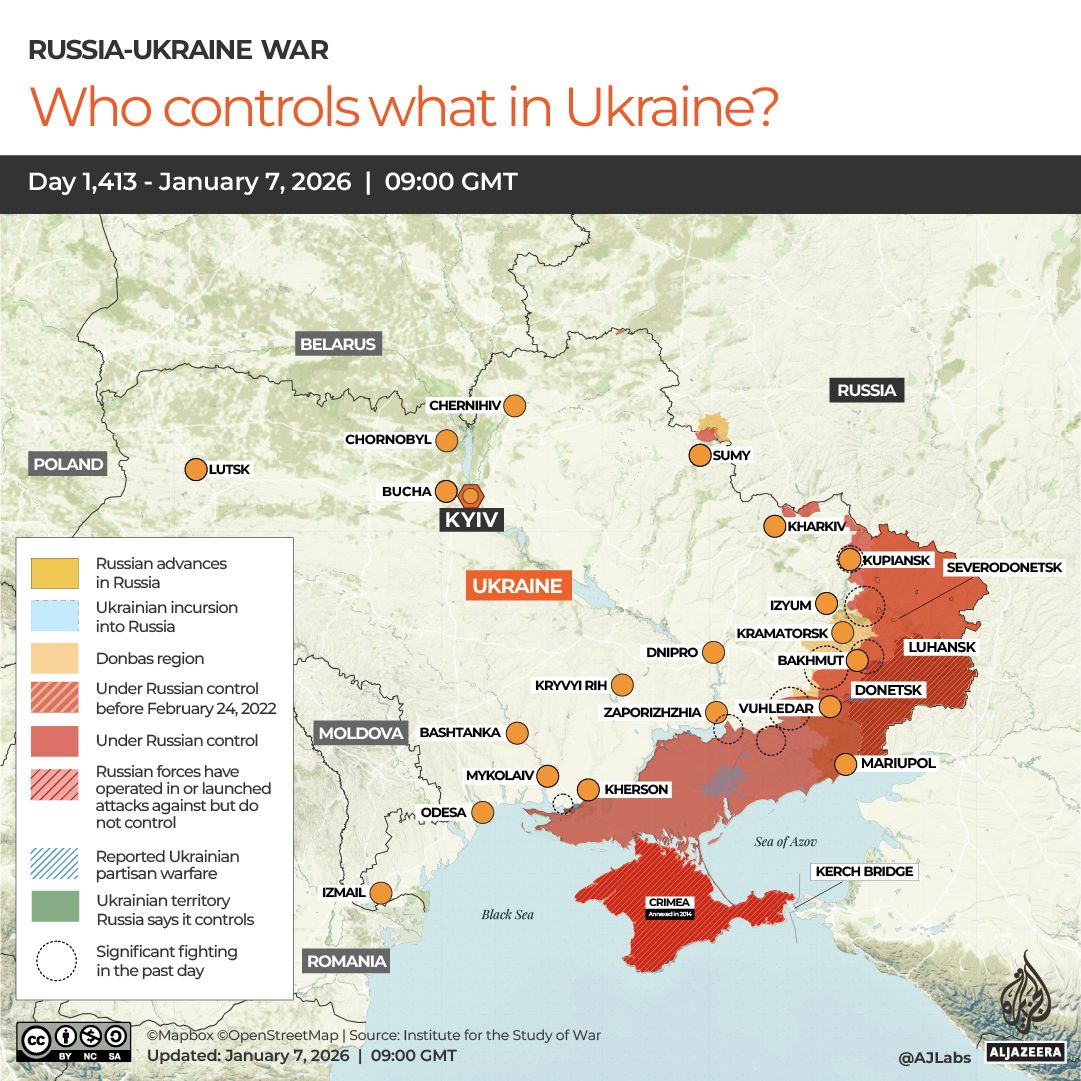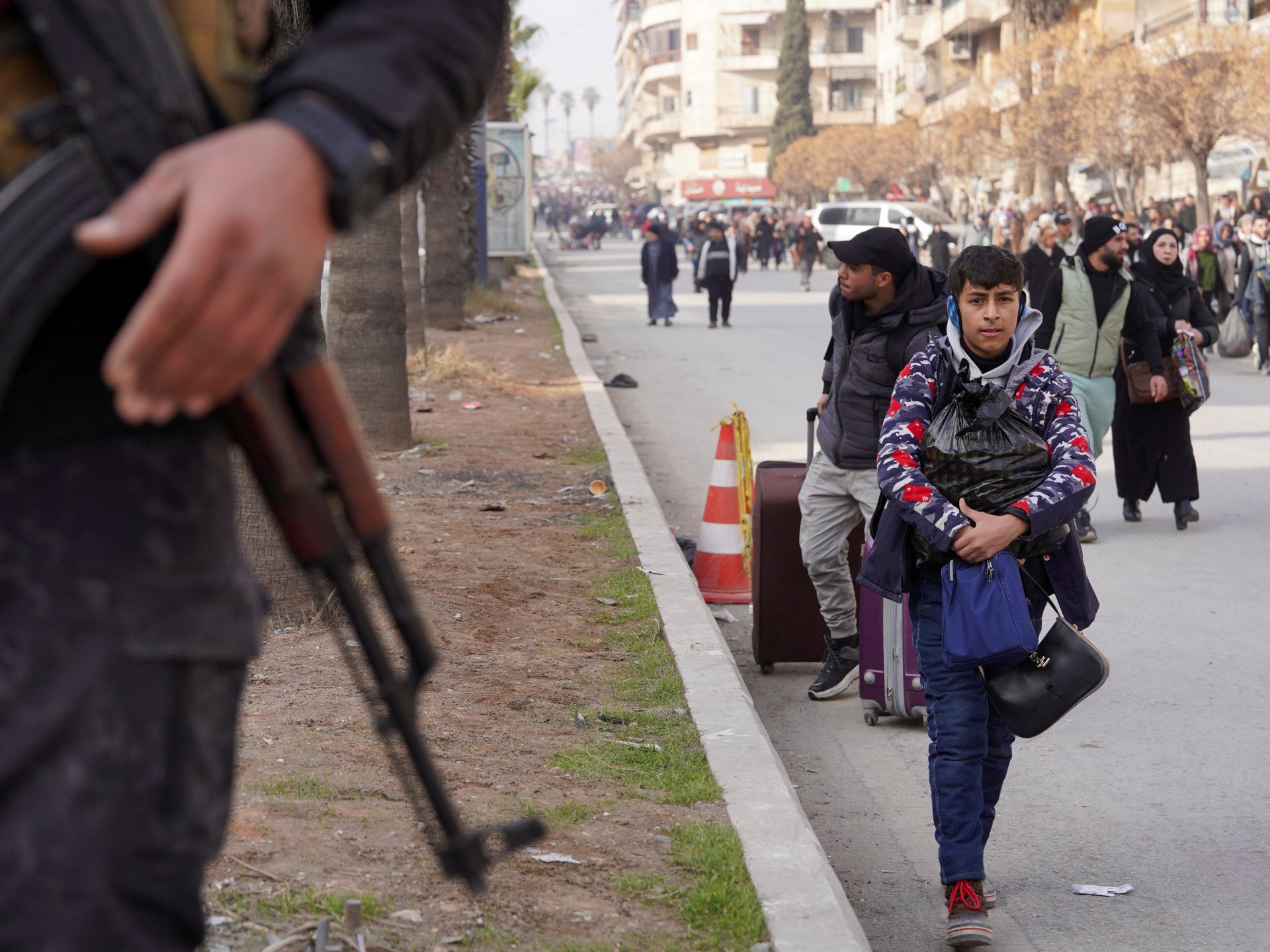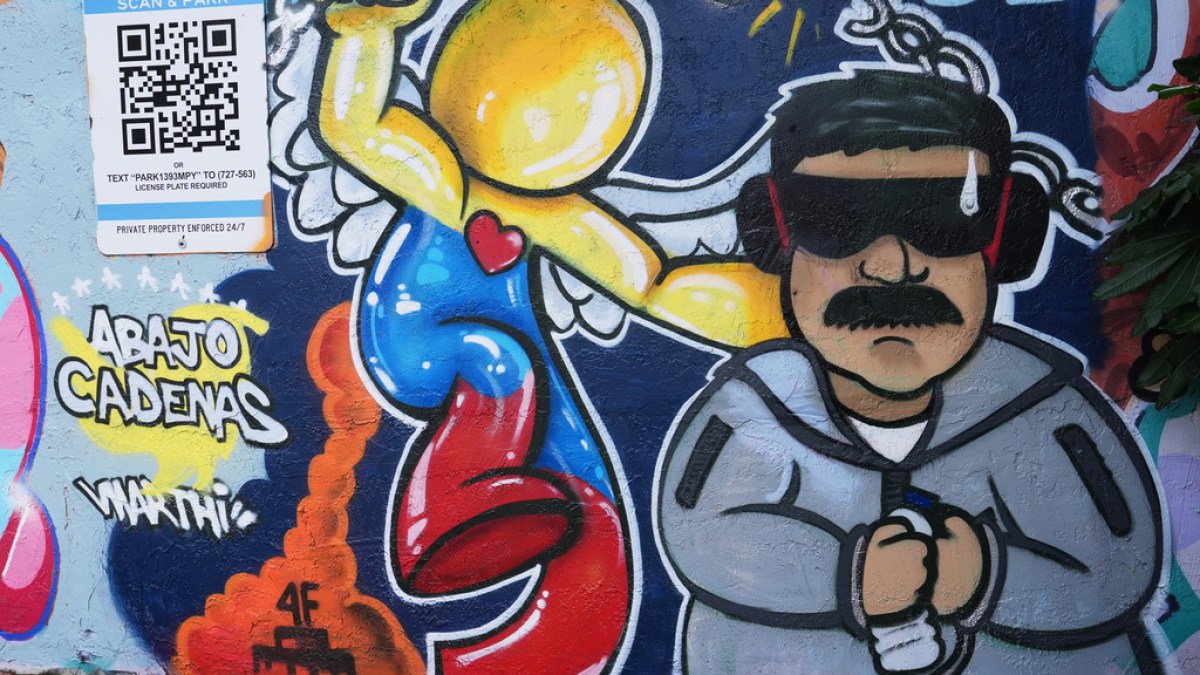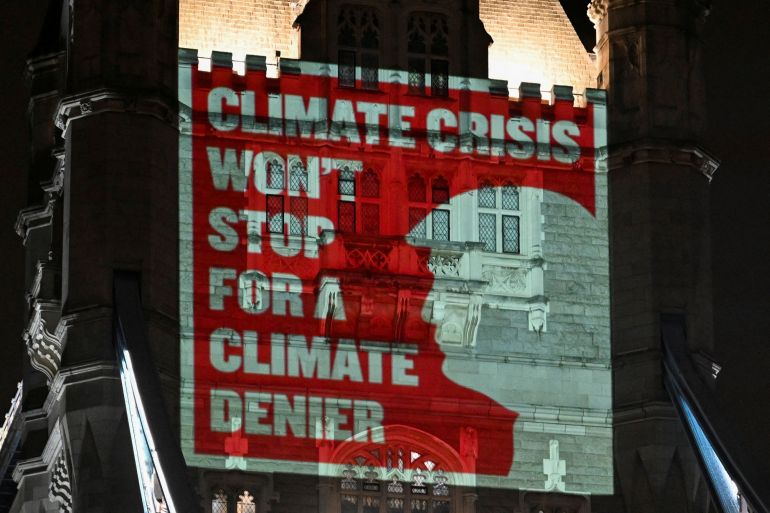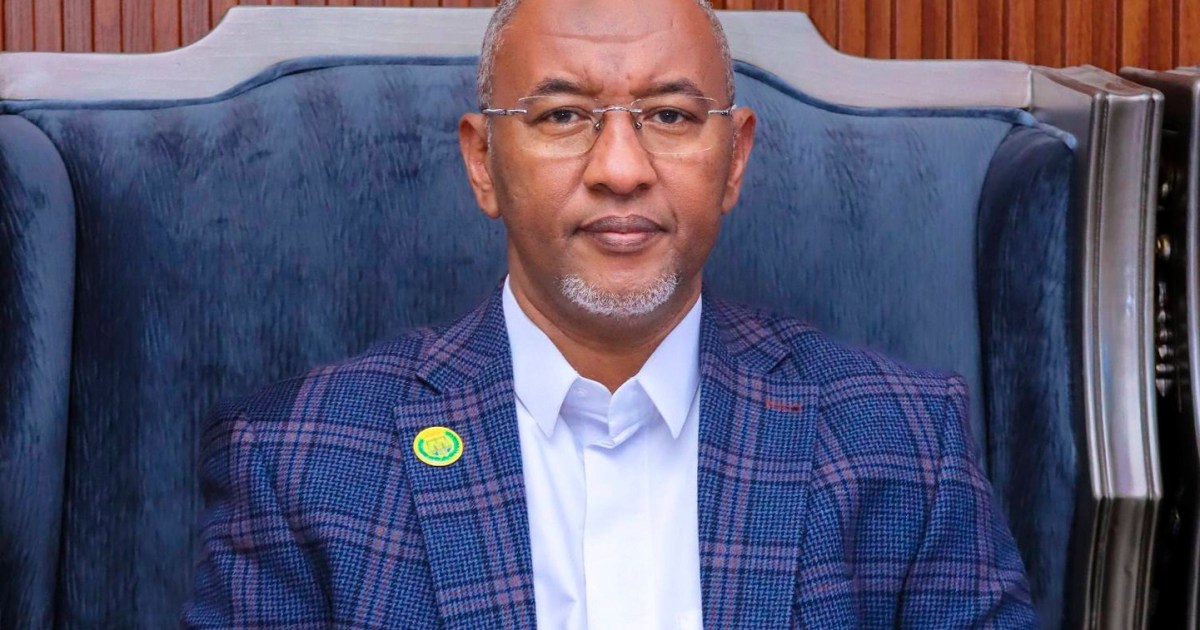Russian mortality rates on the front lines are rising to levels that cannot be sustained by the current method of voluntary recruitment, Ukrainian figures suggest.
“In December, 35,000 occupiers were eliminated – and this has been confirmed with video footage,” said Ukrainian President Volodymyr Zelenskyy in a Monday evening address. “In November, there were 30,000, and in October, 26,000 eliminated occupiers.”
Recommended Stories
list of 4 itemsend of list
Ukrainian commander-in-chief Oleksandr Syrskii echoed that analysis.
“The enemy lost over 33,000 personnel [in December]. This figure includes only confirmed video cases, but the actual losses of the occupiers are greater,” he wrote on the Telegram messaging service.
That, he said, made December 2025, “the first month when the unmanned systems units of the Ukrainian Defence Forces neutralised approximately as many servicemen of the occupying army as Russia conscripted in a month”.
Russia has kept regular conscripts out of its war in Ukraine, recruiting volunteers on a contract basis to fight in its “special military operation”.
On December 27, Ukrainian military intelligence (GUR) chief Kyrylo Budanov told state broadcaster Suspilne that Russia had reached its quota of 403,000 recruits in 2025 – an average of 33,583 per month, and planned to increase that slightly to 34,083 per month in 2026.
Ukraine’s casualty reports, if accurate, suggest they are no longer sustainable and may force Russia to start using its active reserve.
The Institute for the Study of War, a Washington-based think tank, observed in November that forward reserve units in Belgorod had begun to receive heavy equipment such as howitzers, thermobaric weapons and all-terrain vehicles.
“Reserve territorial defence units assigned with protecting rear-area critical infrastructure do not require such heavy equipment suited for offensive operations,” the ISW said, adding “Russia is setting conditions to deploy Belgorod Oblast active reservists for combat missions.”

Analysts have said that deploying reservists or conscripts could carry significant political risk for Russian President Vladimir Putin, who has left mainstream Russian society unscathed by his war of aggression.
Ukraine estimates that almost 420,000 Russian troops were killed or wounded last year.
Zelenskyy first noted the rising mortality rate of Russian troops on December 16.
“The increase in these figures is the result of the right decisions. There must be more decisions like these,” he said on Monday.
He was referring to the production of drones, which Ukraine successfully stepped up in 2025 and plans to increase this year.
This, he said, was the main reason why he appointed former First Deputy Prime Minister Mykhailo Fedorov as defence minister on Friday.
Zelenskyy described Fedorov as “deeply involved in the issues related to the drone line and works very effectively on digitalising public services and processes”.
The president praised departing Defence Minister Denys Shmyal, whom he moved to the energy portfolio, for reaching the production target of 1,000 intercept drones per day by the end of last year.

Russia claims that Ukraine has its own recruitment problems.
“Ordinary Ukrainians are becoming increasingly disillusioned with the actions of the authorities due to the situation at the front,” said Russian commander-in-chief Valery Gerasimov in a year-end report to Putin on December 18.
He said Ukrainian recruitment levels had dropped by half during 2025 to 14,000 in November, and that Ukraine’s prosecutors had opened a total of 160,000 cases against defectors since 2022.
Al Jazeera is unable to verify either Russian or Ukrainian claims.
Russia has not been without success in 2025.
Its average daily rate of advance was 13.24sq km (5.1sq miles) a day, compared with 9.87sq km (3.8sq miles) a day in 2024, said the ISW.
But a monthly breakdown showed an inconsistent pattern of land grabs, rather than a steady increase. Russia’s territorial gains still amounted to 0.8 percent of Ukraine, consisting of villages and fields.
New Russian tactics
Russia has said it aims to capture the rest of Donetsk, Zaporizhia and Kherson, three regions it has, on paper, annexed in their entirety.
To achieve this, Russia has been experimenting with new tactics, using drones to cut Ukrainian supply lines and creating a kill zone as deep as 15km (9 miles) behind the front line.
Russia introduced wired fibre-optic drones impervious to electronic jamming in 2025, and Syrskii credited these for Russia’s ability to capture the city of Siversk in Donetsk during the recent months.
“The Russians have followed our path and created separate drone systems units, which already number 80,000 military personnel,” wrote Syrskii. “In the second stage, in 2026, they plan to double their numbers to 165,500. And by 2030, they aim to reach almost 210,000.”
Russia also shifted tactics a few months ago, from large mechanised assaults that had resulted in huge losses of personnel and equipment, to infiltration tactics using several teams of two soldiers to establish bridgeheads and supply drops before reinforcements arrive.
These tactics enabled it to capture two-thirds of the hotly contested eastern town of Pokrovsk, in Donetsk, by the end of last year, and roughly half of neighbouring Myrnohrad.
Anticipating the further honing of these tactics, Ukraine has said it is improving the training of new troops.
“We clearly understand what we will have to face in the near future,” wrote Syrskii. “We have set the task of forming special units designed to effectively detect and destroy enemy high-tech drone units, control points, and the crews of the occupiers’ unmanned aerial systems.”
The long-range war
On Monday, the war claimed the first two civilian deaths of the year in Ukraine. A patient was killed when a Russian drone struck a hospital in Kyiv, and a second civilian was killed southwest of the capital.
On the same day, Russia struck heating and electricity plants in the northern city of Kharkiv.
During the first week of the year, Russia launched 789 drones and 10 missiles against Ukrainian cities.
Ukraine shot down 83 percent of the drones and one of the missiles.
Russia sharply increased its packages of long-range aerial attacks against Ukraine shortly after United States President Donald Trump won the November 2024 election.
During 2025, it launched 54,000 long-range attack drones and 1,900 missiles against Ukraine, said the ISW.
Russia introduced an innovation on Sunday, deploying Shahed drones with mounted Man-Portable Air Defence Systems (MANPADS) designed to shoot down drone-hunting aircraft, according to Ukrainian electronic and radio warfare expert Serhiy Beskrestnov.
“I ask the pilots of the army aviation to take note of the emergence of a new threat. They should avoid approaching the Shahed on a head-on course,” Beskrestnov said.
The information war
On December 29, Russia claimed Ukraine had attempted to strike Putin’s residence on the shores of Lake Valdai in Novgorod, and on January 1, its Ministry of Defence said flight data from a downed drone proved this.
The target audience appeared to be US President Donald Trump, whom Putin phoned to give him the news in person.
Despite initially declaring he believed the story was true, Trump on Sunday [January 4] told reporters on Air Force One, “I don’t believe that strike happened.”
On New Year’s Day, Russia claimed Ukraine had deliberately struck a bar in Kherson’s town of Khorly. Ukraine denied the attack.
“We are seeing the Kremlin spreading new falsified information to prepare Russian and foreign audiences for further escalation,” said Ukraine’s Foreign Intelligence Service the following day.

